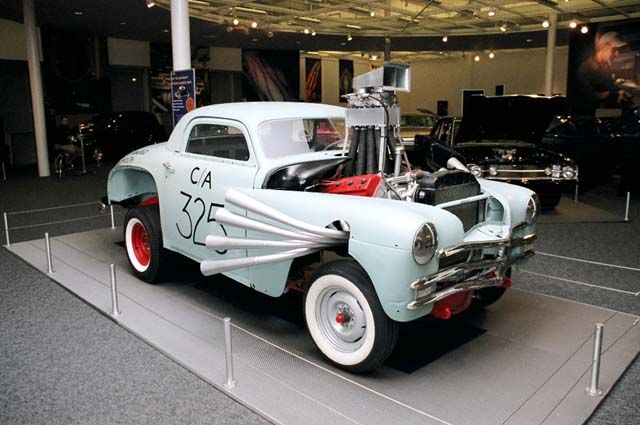Terry Syd
Addicted to ArboristSite
First post
First post, might as well be this thread. Years ago I was at a tuner who used a flow bench. He showed me a beautifully shaped airhorn that attached to a motorcycle carb. He ran up the vacumn on the bench, I forget the reading, say 300 cubic feet a minute. Then he rolled up a small piece of clay about the size of a pea and put it on the edge of the air horn. The flow jumped up something like 325 cfm. He added another, then another, he ended up with 6 of these ugly pieces of clay on the edge of the air horn and the flow was up about 400 cfm.
I laughed and said it looks like the way the air horn was designed it restricted the air flow. Naw, he said, the carb it was designed for only flowed 240 cfm. So I said it was worthless, no he replied - it does make the owner feel better about his bike.
Having said that, I do believe there is an argument for resonance tuning. However, I would be more interested in something in the intake tract to increase volume to change the resonance than something stuck on the end of the carb. Has anybody experimented with changing the intake volume with an interference pipe, perhaps a hose to a small enclosed chamber (something like the old Yamaha 'Boost Bottles')?
I've done work on bikes using lengths of tubing (cut the volume to size), but I was wondering if anyone had experimented with chainsaws.
First post, might as well be this thread. Years ago I was at a tuner who used a flow bench. He showed me a beautifully shaped airhorn that attached to a motorcycle carb. He ran up the vacumn on the bench, I forget the reading, say 300 cubic feet a minute. Then he rolled up a small piece of clay about the size of a pea and put it on the edge of the air horn. The flow jumped up something like 325 cfm. He added another, then another, he ended up with 6 of these ugly pieces of clay on the edge of the air horn and the flow was up about 400 cfm.
I laughed and said it looks like the way the air horn was designed it restricted the air flow. Naw, he said, the carb it was designed for only flowed 240 cfm. So I said it was worthless, no he replied - it does make the owner feel better about his bike.
Having said that, I do believe there is an argument for resonance tuning. However, I would be more interested in something in the intake tract to increase volume to change the resonance than something stuck on the end of the carb. Has anybody experimented with changing the intake volume with an interference pipe, perhaps a hose to a small enclosed chamber (something like the old Yamaha 'Boost Bottles')?
I've done work on bikes using lengths of tubing (cut the volume to size), but I was wondering if anyone had experimented with chainsaws.






